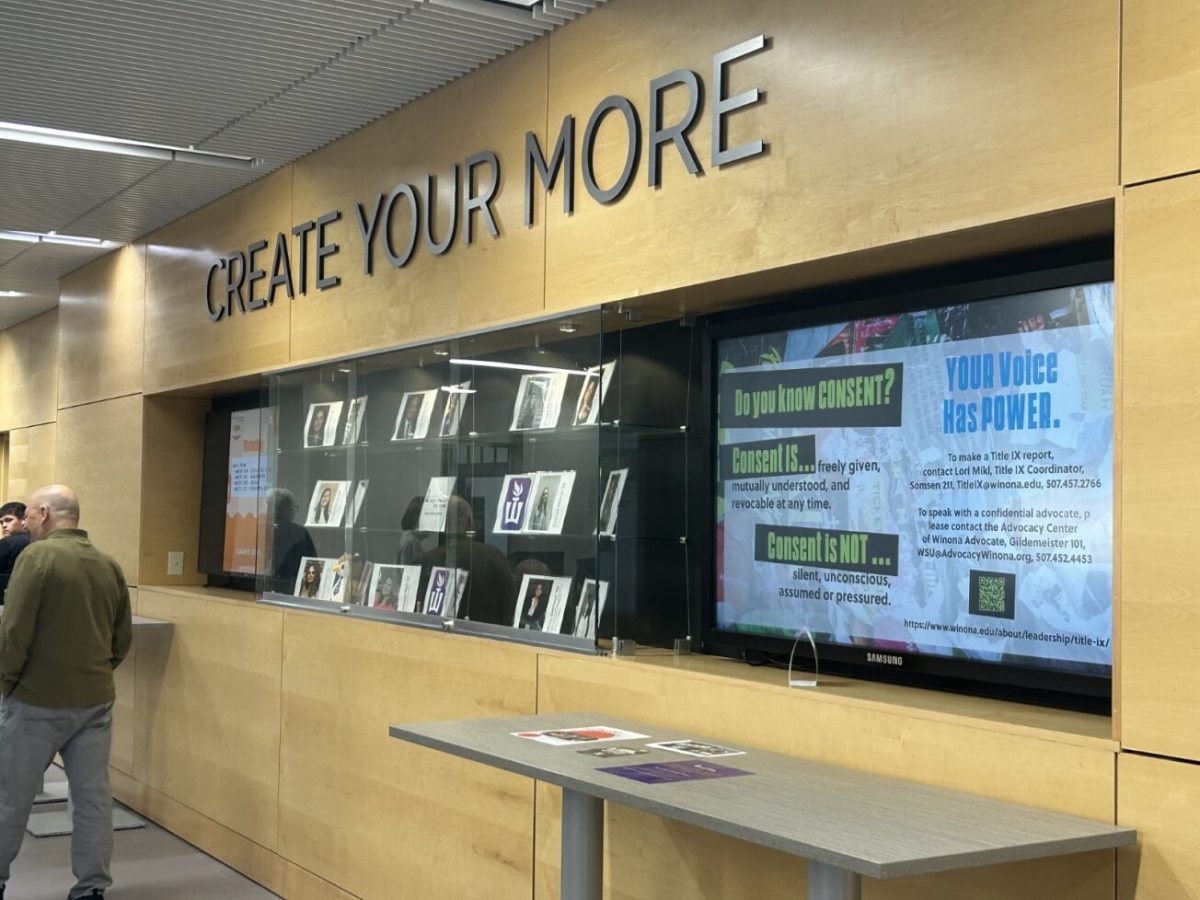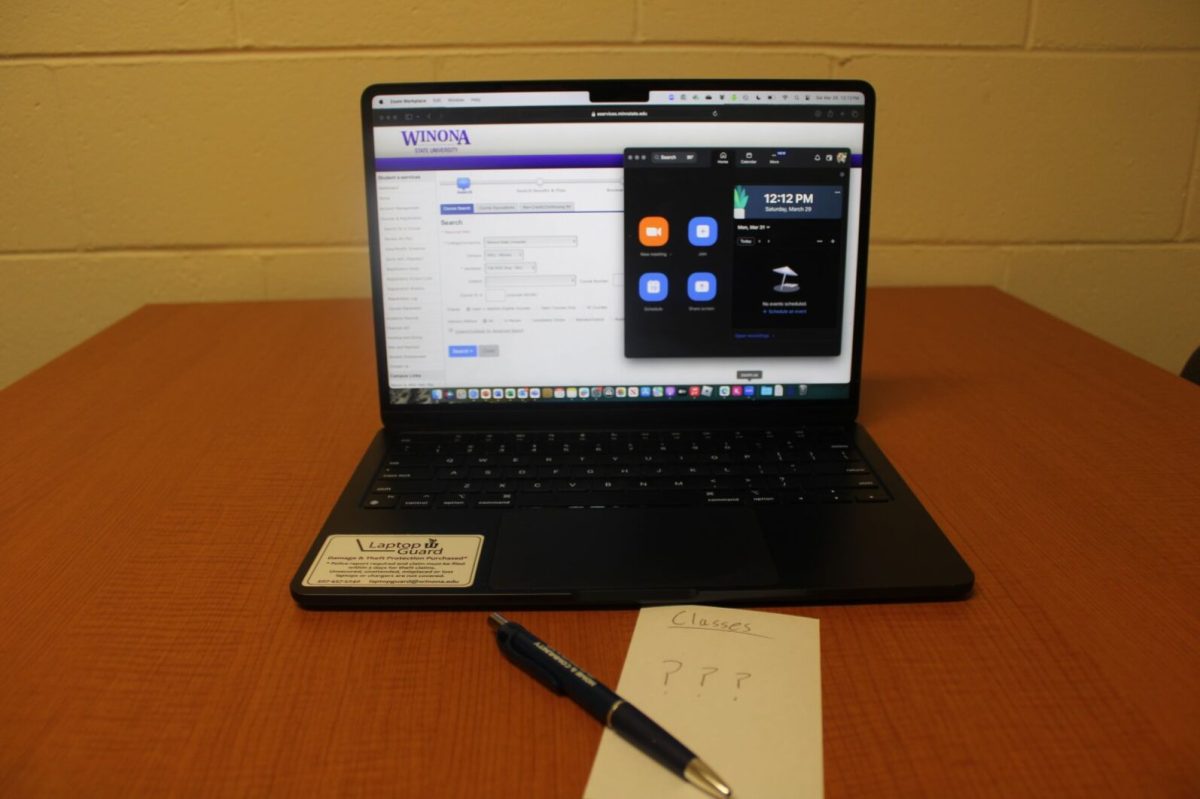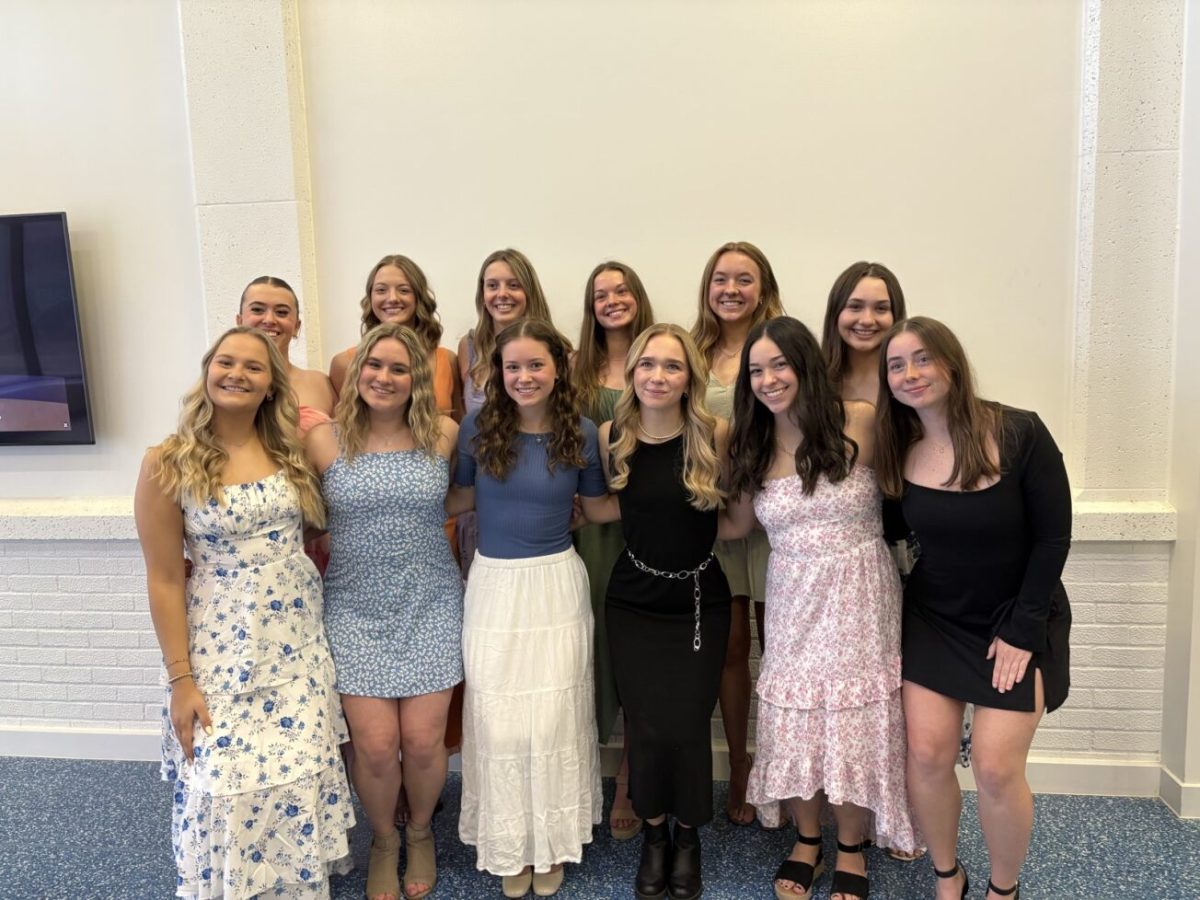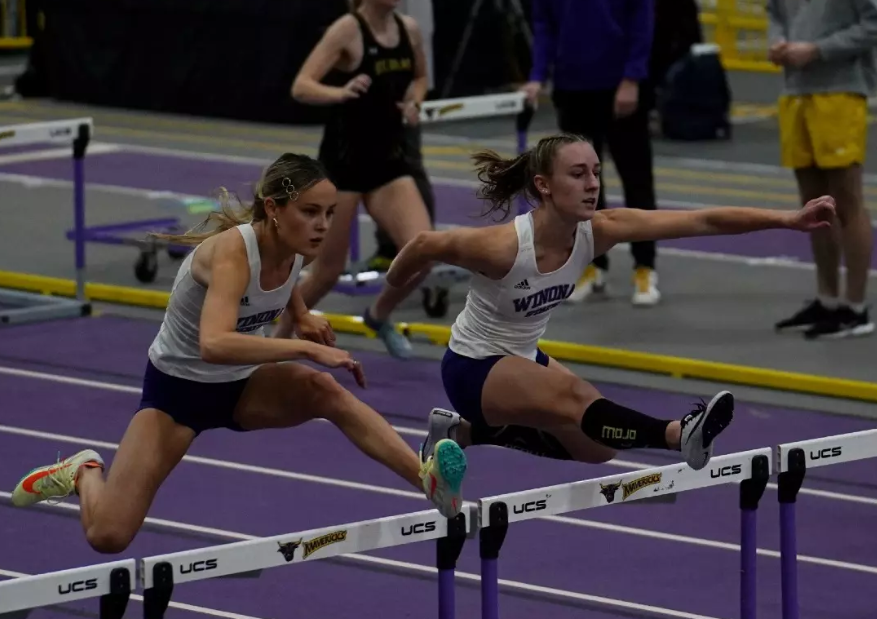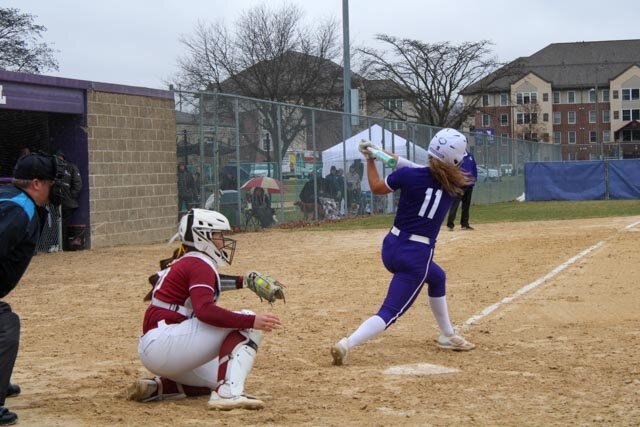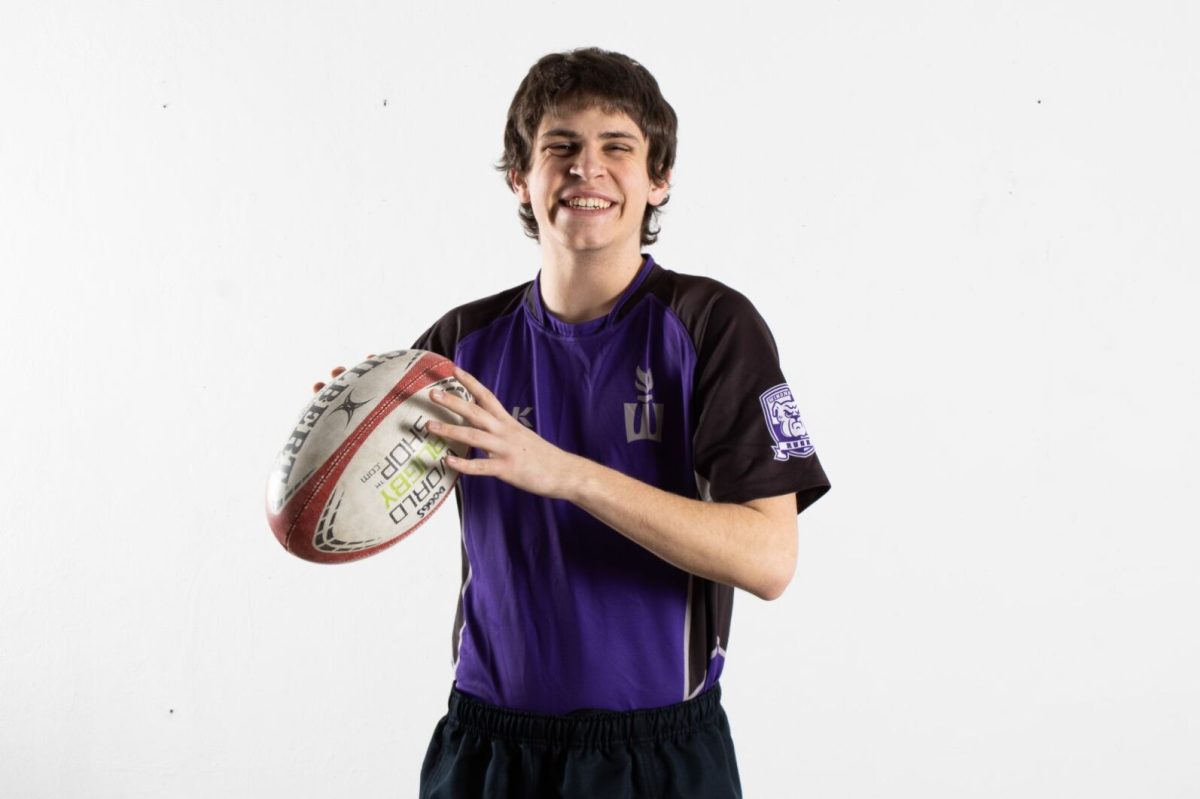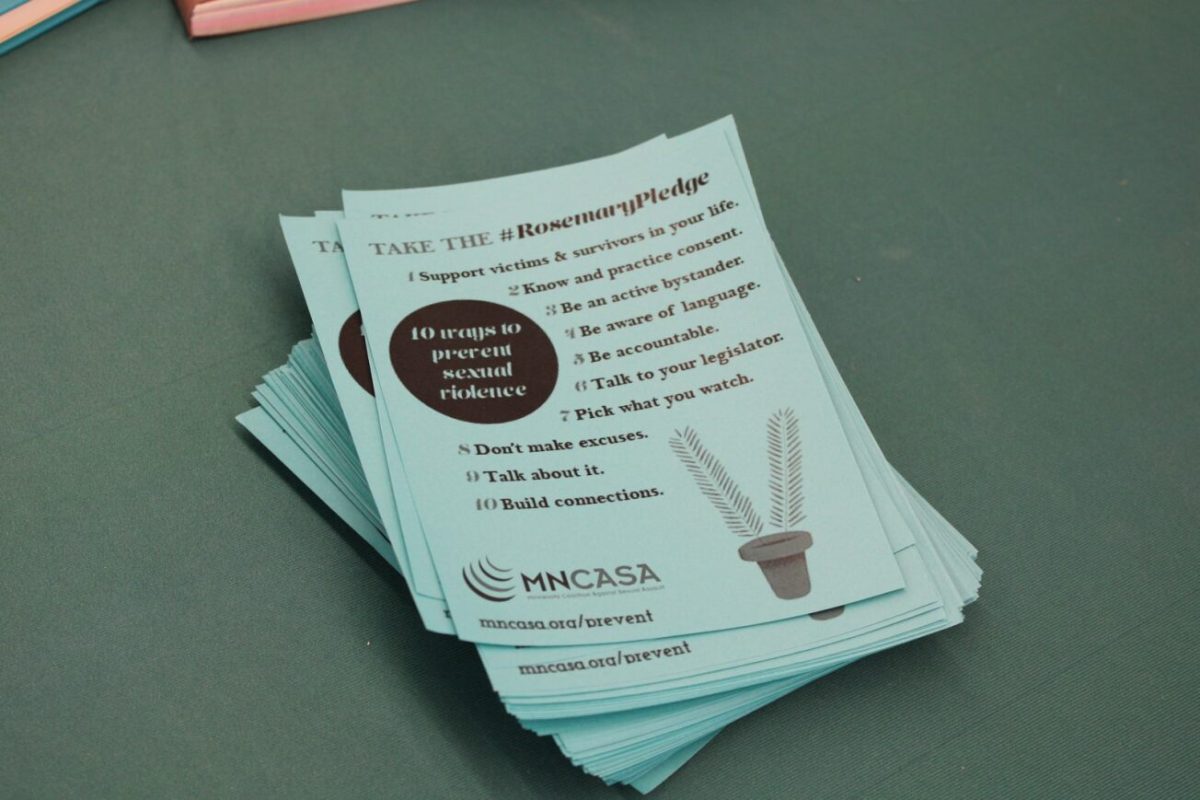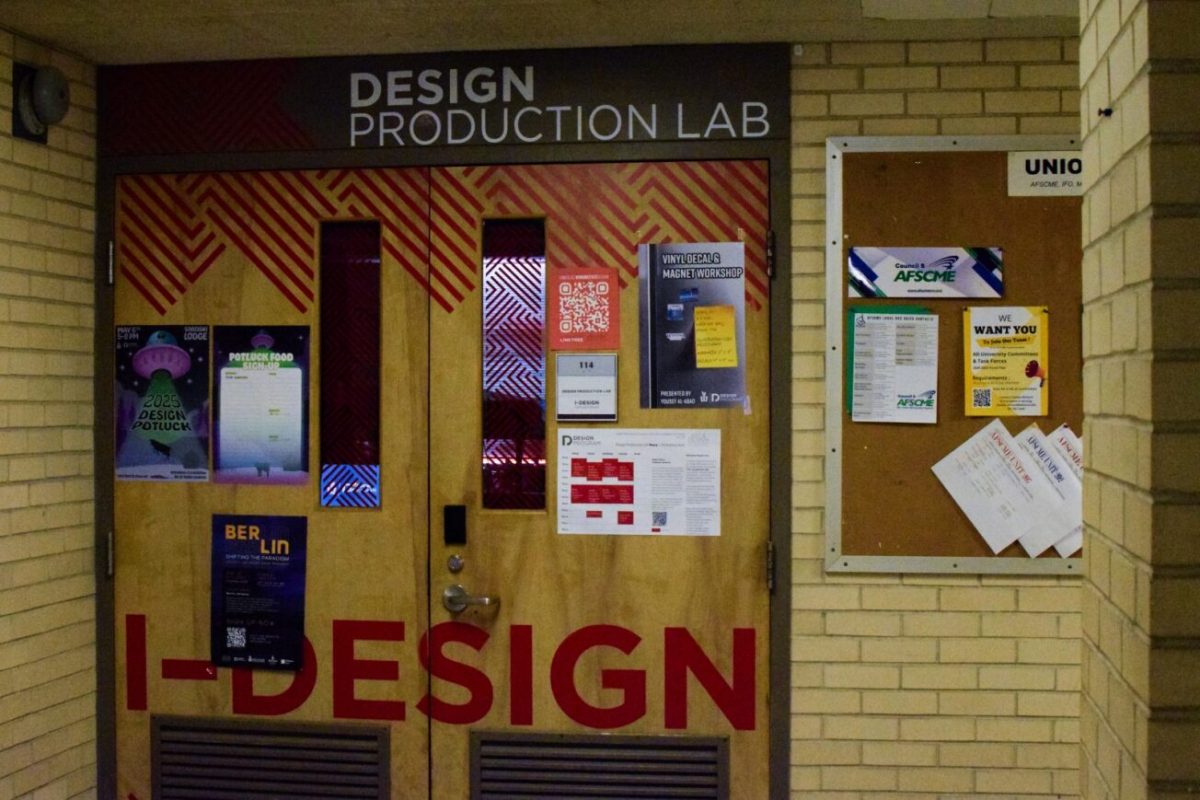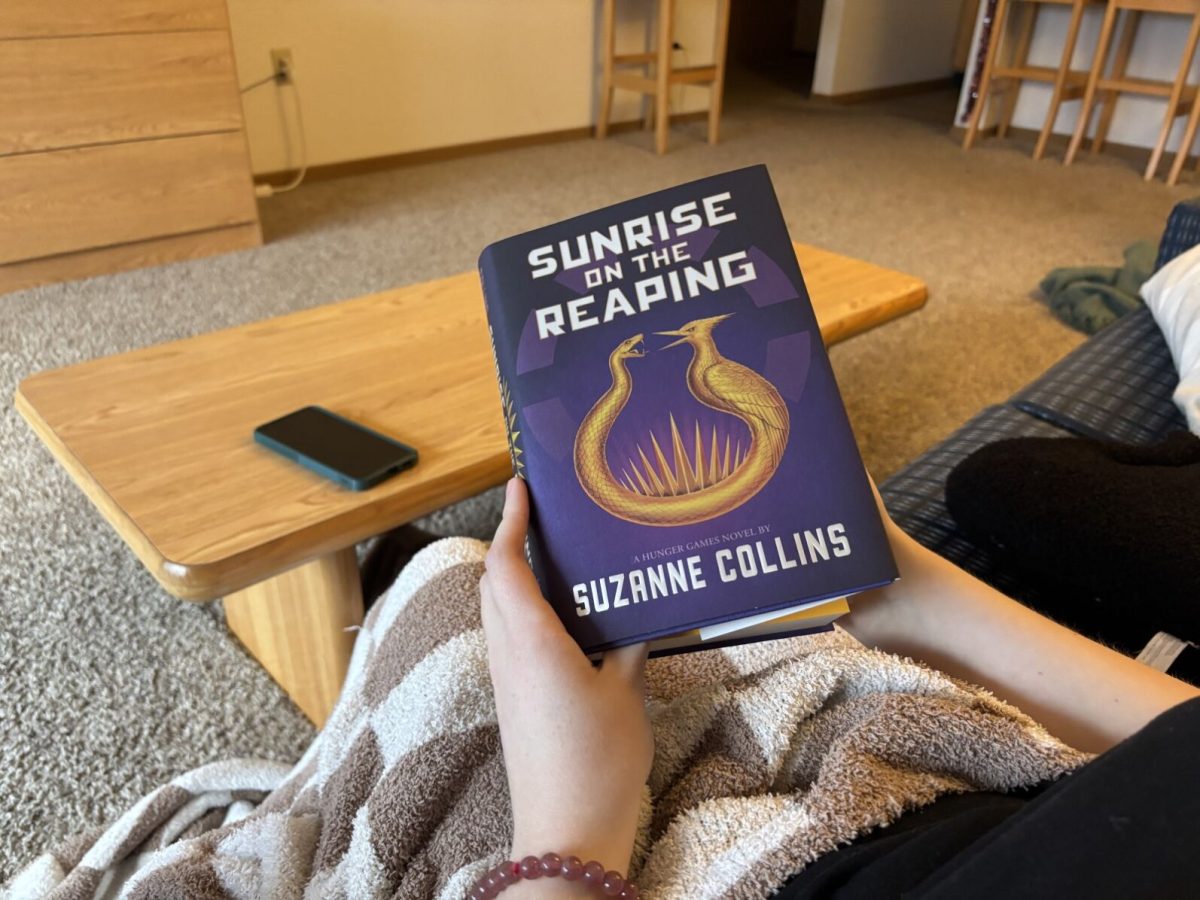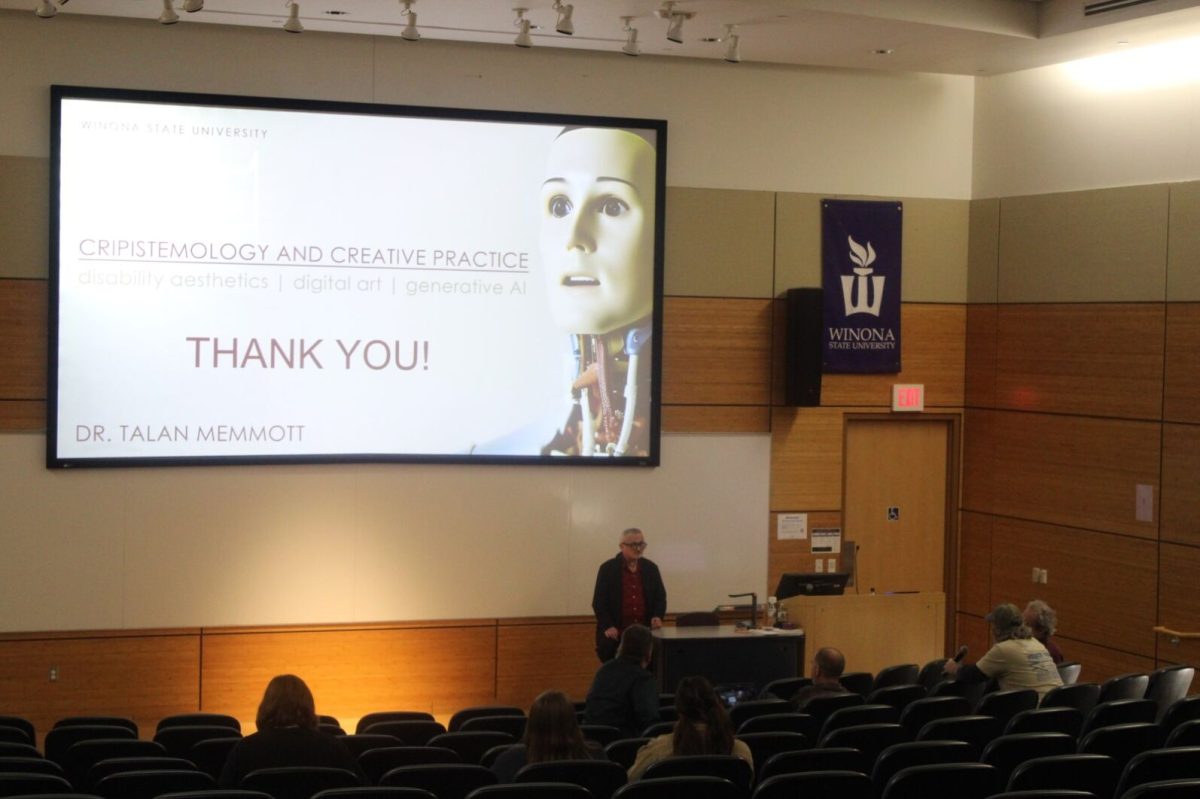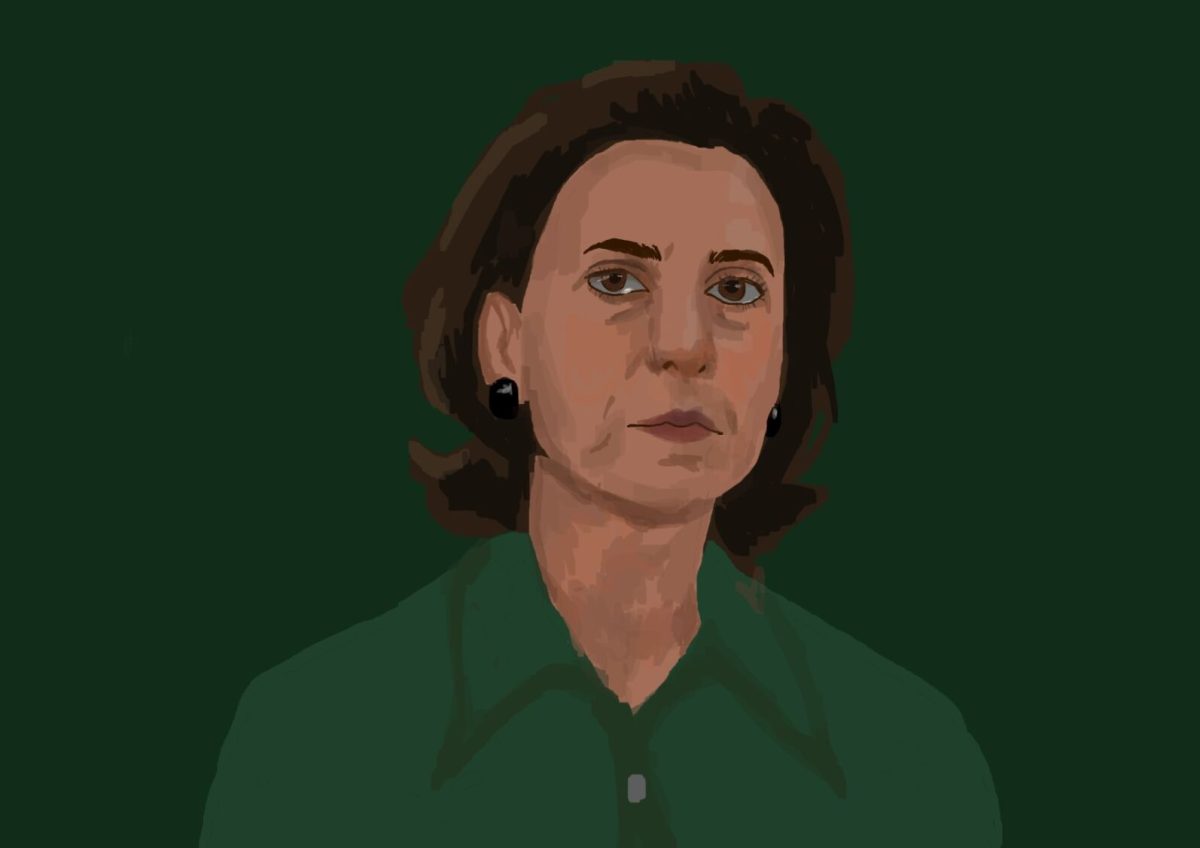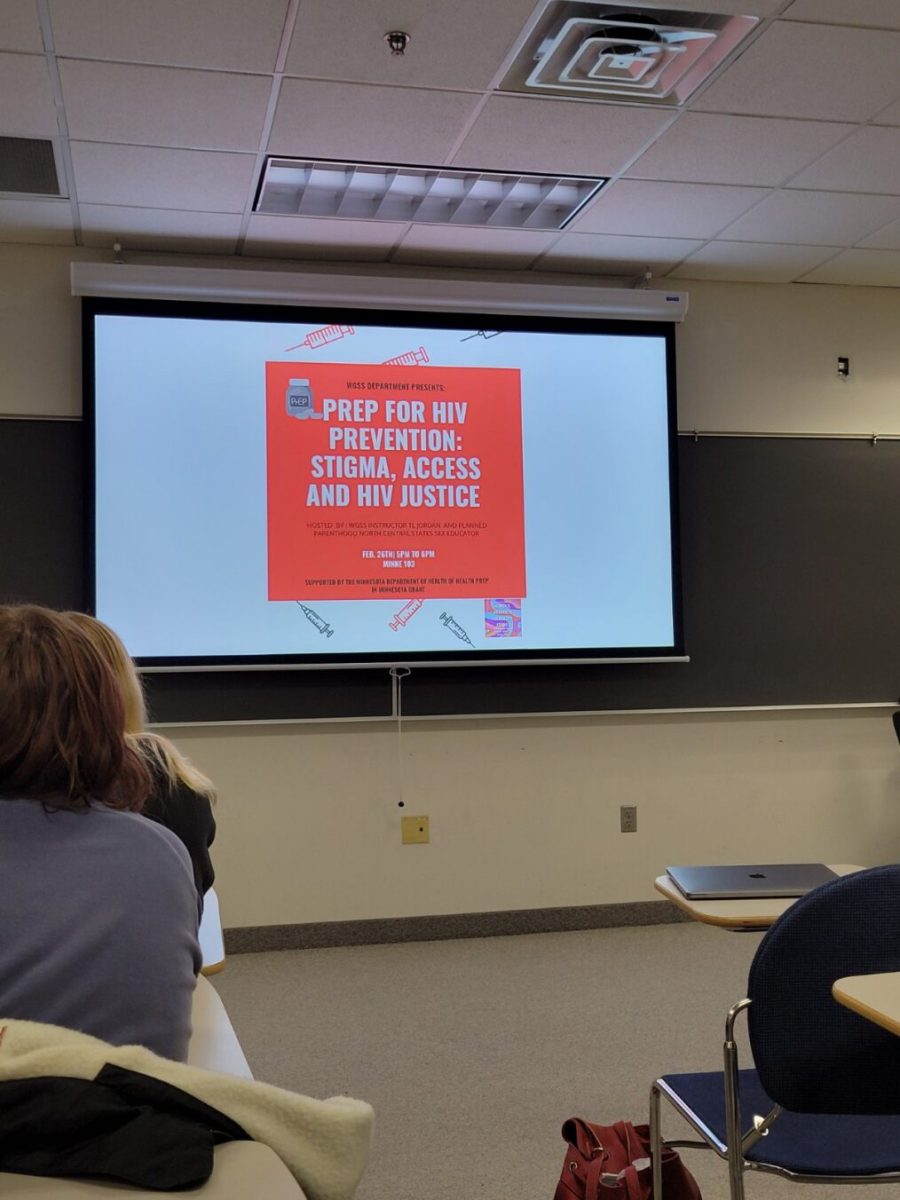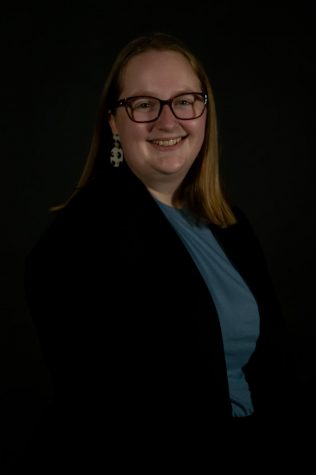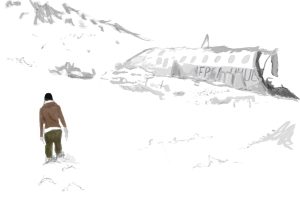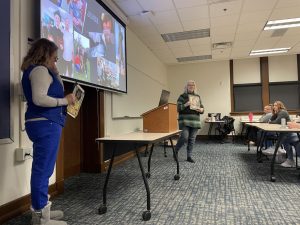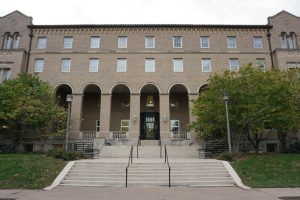TLT during COVID-19: profile on Ken Graetz

September 30, 2020
The Teaching, Learning and Technology (TLT) and Digital Learning Commons (DLC) departments at Winona State University have assisted the campus population with the shifts in course instruction for the fall 2020 semester.
Director of TLT, Ken Graetz, discussed the preparation process from mid-March to the beginning of school in August.
He described the timeline as happening in three separate modes.
Students and staff transitioned to a strictly online experience to complete the spring 2020 semester. Graetz said this made the first mode “emergency support”.
According to Graetz, key questions posed during this time were, “How do we keep instructional continuity with as little disruption as possible?” and “Can we do that in a way that’s high quality?”
Graetz claimed these types of questions were answered in forums, eLearn labs and three updated manuals, including the Keep Teaching Manual for faculty, Keep Learning Manual for students and the Keep Working Manual for staff. Forums are still ongoing for those who need assistance.
“In the spring, we were holding about 4,000 Zoom meetings a week between instructional and administrative types. This was more than any school in the Minnesota state system,” Graetz said.
According to Graetz, the increase of hours in the TLT Zoom room was “significant”. The TLT Zoom room was a hub for help from 7:30 a.m. to 11 p.m. every day, including weekends, in the spring.
The second mode took place over the summer and was focused on helping faculty create templates for online learning and troubleshooting how to create engaging lectures for more than 1,800 course sections, a statistic that comes from a presentation given by Graetz within the July 22 All-University Forum.
Graetz also said summer offered a “faculty breather” period with an increase in summer instructional courses to prepare for classes to start in August.
Summer showcased a “fight on two fronts,” according to Graetz.
“We’re trying to make online better and in-person safer,” he said.
He said that the summer allowed for instructional guides to be created on Winona State University’s Technology Knowledge Base. This focus on synthesized how-to’s was also extended onto Desire 2 Learn (D2L) Brightspace for the ease and accessibility of students, according to Graetz.
“It was important to meet the students where they live in terms of giving them the information they needed in a way that they wanted,” Graetz said.
According to Graetz, the biggest undertaking between summer and fall was preparing the physical campus through tents and other informative guides for safe use of the campus.
Coinciding with this was learning how to support students and faculty in their needs for accommodation to instruct and learn.
Graetz worked to provide faculty with ways to connect with students on large, wheeled monitors located in outdoor tents and telepresence machines, which he described as an “iPad on a stick”, which allowed students to attend in-person classes remotely.
Shifts in instruction also coincided with the need for changes to learning spaces.
Thomas Hill, director of learning spaces, has been in his position for around 10 years and worked to create COVID-adapted learning environments.
This included the physical taping of rooms, increasing safety for in-person labs and meeting additional classroom needs on an on-demand basis, according to Hill.
“It’s been a surprise how well students and faculty have been adapting,” Hill said.
TLT’s student-adjacent support service has also undergone changes to the way it operates.
Kalei Cory, a senior nursing student, has worked with the DLC for the past two years. Her duties include assisting with software and hardware downloads, printing, lamination and other digital troubleshooting.
Because of COVID, the DLC desk has been adapted into a virtual assistant. Students can walk up to the desk and receive help remotely or get socially-distanced physical help as well.
There is also a Zoom room available for help.
“It’s really cool working with the virtual assistant because it’s helped me learn to teach people better,” Cory said.
Cory said her favorite part of the job has not changed despite the overall shift in how technology service is delivered.
“The most rewarding part of my job still is helping students who seem to struggle with technology,” Cory said. “They’re always appreciative.”
Senior Mina Anderson also helps with DLC support and has shared similar stories as Cory.
“Some students seem scared to approach the monitor; it’s a new experience for everyone,” Anderson said. “Face-to-face help is always rewarding, but the quality of support is not changing.”
Graetz said the strengths of Winona State during the time of the COVID pandemic was the focus on technology as a community effort.
“Students embraced technology and use it in an intelligent way and faculty worked hard to develop their tech skills. Our model for support has always been personal, which created comfort, especially during a crisis,” Graetz said
The opinions expressed in this paper are not necessarily those of Winona State University, the Minnesota State Colleges and University system, or the Winona State University student body.



